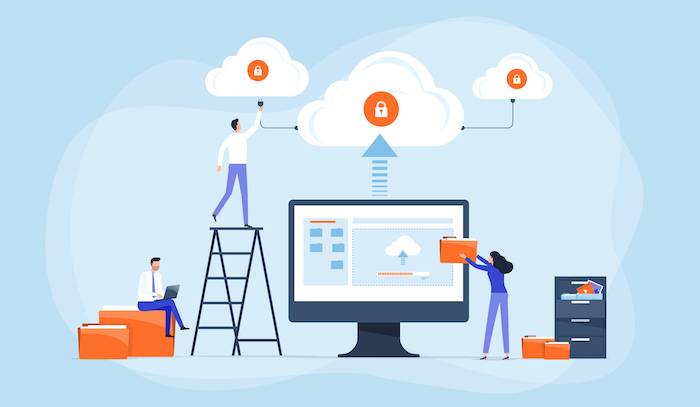Data is king.
It does not have the same impact as some of the statements we are used to hearing, such as “customer is king” or “quality is king.” However, data is king has become the mantra a rapidly growing number of CIOs have embraced as the central theme of their operational missions. As data has emerged as an increasingly valuable asset to organizations, the role of the CIO when it comes to data governance has evolved.
When searching for the best practices for data governance, CIOs can learn from other IT leaders who have tried with varying degrees of success working with varied templates and processes. Although each organization follows different processes to optimize the best data governance practices, IT leaders such as CIOs do not have to reinvent the wheel to achieve success. The key is to establish a foundation that includes remaining flexible when implementing data governance strategies.
First, CIOs and other IT leaders should understand the importance of creating a data governance framework and what it can do to enhance the performance of your organization.
What is a Data Governance Framework?
Building a data governance framework means developing a collaboration for managing enterprise data. CIOs create a collaborative environment by setting soft standards or strict guidelines for the creation and leveraging of data governance. Organizations form a data governance team to ensure the proper use and protection of data, while at the same time complying with both internal and external policies. Building a data governance framework influences every stage of the data management process, which includes accessing data models and hardware analytics. Implementing the best data governance tactics allows the leaders of your organization to make faster, more accurate decisions.
Establishing the foundation for big data analytics requires CIOs to implement the best data governance practices found in business models and templates.
After establishing the framework for data governance, CIOs and other IT leaders are ready to implement the best practices.
Recruit and Retain Top IT Talent
Thinking of data governance as strictly a technical concept can leave your organization behind when it comes to leveraging the power of data analytics. Building the foundation for the best data governance practices starts with recruiting and retaining the top IT talent. The best IT talent possesses the blend of technical knowledge with enough hands-on experience to help them adapt to the rapidly-changing world of data governance. Without the right team members, the technical implementation of data governance can be difficult to do.
One of the most important traits to look for in the best IT talent concerns the willingness and ability to thrive in a collaborative working environment.
Learn how your CIO peers are dealing with the IT talent challenges including recruitment and retention! Participate in our important study by taking a brief survey and be the first to receive a complimentary copy of the results of the 2023 CIO State of IT Talent Study.
Identify Benefits and Opportunities
Recruiting and retaining the top IT talent means nothing unless your organization can get them to buy into implementing the best data governance practices. However, getting your IT team members to buy into implementing the best data governance practices is not enough to gain unequivocal support. Your organization also has to promote the best data governance practices by emphasizing the benefits and opportunities delivered to your organization. The members of your IT team want to see how the hard work involved in implementing the best data governance strategies pays off in the long term.
Metrics, Metrics, Metrics
You cannot expect to achieve any business goal, much less one that involves implementing the best data governance practices, until you and your IT team measure the success of the business goal. Metrics play an integral role in helping organizations make changes on the fly to justify establishing a data governance program. The key is to gather the information collected from metrics early in the process, and then consistently monitor each step of your organization’s data governance process.
The metrics used to monitor your organization’s data governance program should help you make changes over time by working as checkpoints much like checkpoints work for car maintenance.
Responsive Communication Matters
Collaboration works only when your IT team members know how to collaborate. Yes, the desire to collaborate is an important hurdle to clear, but your IT team members also must understand the importance of sharing information. Clear communication is vital for creating an effective data governance program. Sharing information via emails, phone calls, text messages, and most importantly, one-on-one interactions, fosters the right type of working relationship that is conducive to mastering the ever-changing dynamics of data governance.
The Bottom Line: Data Governance Does Not Happen Overnight
Look at establishing and implementing the best data governance practices as a runner looks at running a marathon. Marathon runners come out of the gate a bit slower than sprinters, but they eventually reach the goal of crossing the finish line after running a much longer race.
Start your data governance program by achieving smaller, relatively easier goals, and then build momentum by achieving loftier goals.
Additional Resources
Emerging Technologies to Watch in 2023
Why CIOs Need Business Intelligence
What IT Executives Need to Know About Artificial Intelligence (AI)




0 Comments